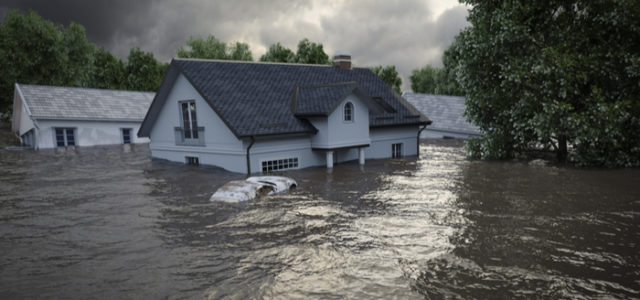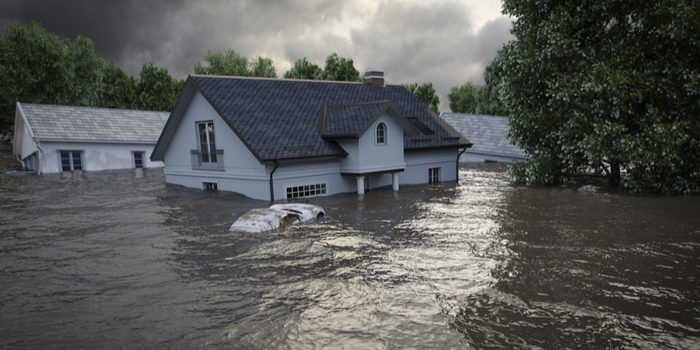


Flood damage, whether from an actual flood or from a busted pipe, can be incredibly stressful. There are ways to clean the damage and to restore the affected parts of your home. However, many people don’t know a lot about the restoration process. Today we’re going over some of the basics of flood damage restoration, and what you can expect when you have your home restored.
Flood Damage Restoration
How it’s Done
Flood restoration is a very wide type of damage restoration, as the damage varies greatly from instance to instance. The biggest amounts of damage are tackled by a variety of techniques. The first step of any damage restoration project is an inspection. A professional restorer will take inventory of the damage, finding out what was destroyed and what can be fixed.
There are a number of instruments and tools used to measure the moisture in the house. The damage could require drying equipment, which the inspector can ascertain with their equipment. If so, they’ll bring a dehumidifier, which will help prevent further damage such as mold growth.
Removing Water
If there’s standing water in the home, there are methods restorers can use to remove it. Typically, standing water is removed by use of shop vacuums, which is common. This type of shop vac is easily maneuverable and can be rotated around a room quickly in order to take up standing water easily.
Drying Affected Areas
Once the water has been removed, the hardest part of the moisture elimination process has to be drying the affected areas. This process can involve dehumidifiers, fans, air movers and other such equipment. If you have carpet, they may pull up sections of the carpet to dry it both above and underneath.
In the event you have hardwood floor with moisture damage, the restorers will likely use floor mats to help dry them. There are times when the restoration effort could also involve removing the baseboards and even drilling holes in drywall, all to help the floors dry out faster.
Containing Ongoing Damage
While the home is being dried, the restoration effort will also include efforts to keep the flood damage from spreading. This involves a number of steps, such as taping, creating moisture barriers and closing off affected areas. Containment is very important, as it keeps the damage isolated to smaller areas. This makes it easier to clean the mess, keeps the cost down on the restoration, and also keeps the rest of your home safe from further damage.
Keeping an Eye Out
Once the restoration effort has reached the drying stage, the restorers will work to keep an eye on the affected areas. Typically the machines that are helping to dry will be left to do their work, and the crews will make sure that things are progressing as they should. This means you’ll have to expect crews coming in and out at various points in time, so be prepared for that.
The monitoring process could also mean that the crews move equipment to cover areas that aren’t drying as well, so expect the crews to keep up with the damage. This will allow you to have some peace of mind: your home will be in good hands with professional restorers.
General Damage
General damage to the home can be covered by a contractor who specializes in the type of work needed. For instance, if there is damage to your electrical system, an electrician will be able to take care of the damage. Likewise, if there’s damage to home’s structure, a general contractor will be able to help with that type of problem. Your home insurance should be able to cover the costs, at least partly, for the restoration effort from the flood damage.










